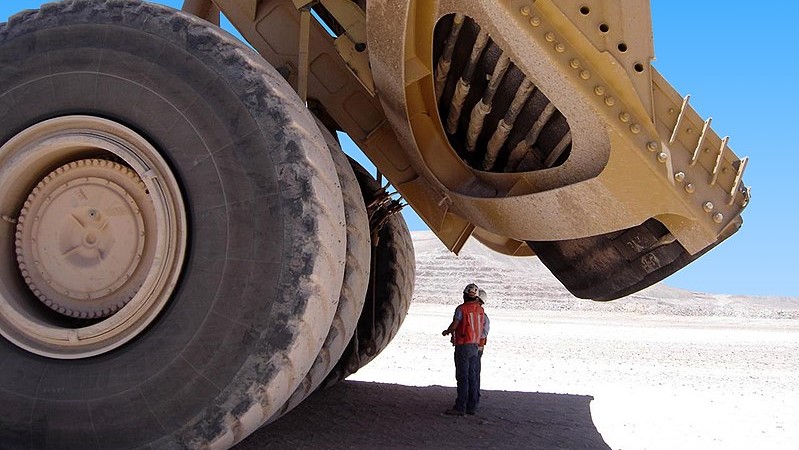HudBay target Augusta says it’s got nine potential buyers
The company revealed on Friday that as a result of its ongoing strategic review process, “nine interested parties, including a number of significant industry players, have signed confidentiality agreements and have been conducting an extensive review of the materials in Augusta’s electronic data room.”
Augusta will being the process of site visits to its Rosemont Copper project next week.
“As we anticipated, our strategic review process has proven to be very robust and we are pleased with the quantity and quality of the interested parties,” CEO Gil Clausen said in a news release. “The Board is fully committed to maximizing value for our shareholders by carefully considering all available alternatives to HudBay’s low-ball bid.”
In February HudBay Minerals offered Augusta shareholders 0.315 of a Hudbay share per Augusta share, representing approximately $2.96 per Augusta share.
Augusta will hold a meeting of shareholders on May 9 to vote on whether to continue the shareholder rights plan or have it terminated. The rights plan was adopted in 2013 in response to HudBay acquiring a large number of Augusta shares. Essentially, it requires that new shares be issued if one shareholder owns more than 15% of the company,
“Our Board takes seriously our fiduciary obligation to protect our shareholders against the predatory and coercive tactics of HudBay. We respect the rights and interests of Augusta’s shareholders and are putting the power directly in their hands. We are confident that they will strongly support our Board for putting this critical decision to them.”
According to Reuters, HudBay has said that if shareholders don’t cancel the plan, it may ask for a cease-trade order which would block the issuance of new shares.
Augusta shares were trading at $3.12 apiece by Friday afternoon, up from about $3 the day before.
The company’s sole project is Rosemont, located in Tuscon, Arizona. The site has the potential to become the US’ third largest copper mine, producing approximately 243 million pounds of copper and 5.4 million pounds of molybdenum per year. It’s now near the last stages of permitting and production is planned for the first quarter of 2017.
{{ commodity.name }}
{{ post.title }}
{{ post.date }}


Comments